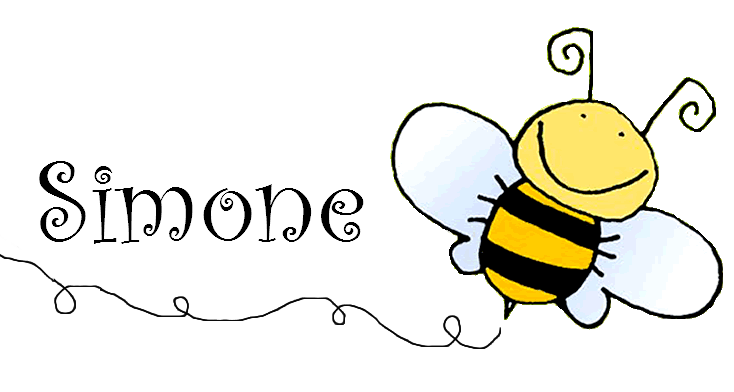I am so excited about this post! I was recently sent an
email from a kind gal named Beth who invited me to share about how I teach
writing in my classroom. The best part is that this is a Blogathon! Basically
that means I am getting rewarded for sharing something I am happy to share!
So, today I am sharing a sentence patterning chart that I
learned when I got my Project GLAD training. I believe this strategy helps young learners to build basic skills for sentence writing. For those that know me or who have
been in my classroom, they have seen these charts and my walls covered in
butcher paper! This is the look of Project GLAD which can be used to teach many
different subjects. One portion of the program is language. In fact, GLAD stands for Guided Language Acquisition Design.
So here's how i use this handy tool in my classroom. This is also how it was taught to me through Project GLAD.
 |
| Here's one of my own Sentence Patterning Charts! |
Step One: Introduce the noun.
Begin by asking the students if they know what a noun is. Write the word "noun" at the top of the second column. (I usually fold the butcher paper into columns prior to the lesson so that i can gauge each column.) Explain what a noun is and then add sketches that show person, place, thing, or animal. I explain this each time i teach this lesson! It creates repetition and helps with imprinting. Also, use black marker for the noun ALWAYS. I will explain why at the end of the steps! Then give the students the noun for the this chart. I always make mine plural and mine are usually related to the science or social studies unit that we are studying. However, the noun can be any noun!
Step 2: Adjective Intro and Shout Out
Explain what an adjective is. In this section of the lesson I tell students to close their eyes and picture the noun. Then I add an adjective that will help to describe the noun even more. I then explain that an adjective tells us more about the noun. I put up on the chart the word "Adjective" and label it with "describes the noun." Next explain to the kids that they can shout out in class today! Explain that for this lesson they can shout out any adjective they can think of and that you will write it on the paper. I actually modify this and have my kids raise their hands just due to my students behavioral needs. If you hear crickets when you say "ready, go" then a little guidance might be necessary! This means maybe you need to prompt the students to "describe the size or color of the noun" or even "what does it look like or smell like?" Think of the senses and the adjectives will start to flow!
Step 3: Verbs and Prepositional Phrases
Explain a verb the same way you would with the adjectives and the nouns and then accept shout outs of verbs. At this point simply state that a verb is an action word and then label the third column with "Verbs." Use green marker for verbs and purple/pink for the prepositional phrases. For the prepositional phrases explain that this is where a mouse can go or even state it is where Superman can go. If they have trouble figuring out the prepositional phrases you can have a copy of a prepositional phrase list on hand so that they can use different prepositions for each phrase. You can also make it easier and just have then use whatever preposition that they can think of.
Step 4: Sticky Notes and a Song
Its time to recall the song "the Farmer and the Dell" and get your singing voice ready! As embarassing as this is/can be, it is what the kids LOVE! Using sticky notes first, chose 3 adjctives, 1 verb and 1 prepositional phrase. Place the sticky notes next to the chosen words in each category. One of the sticky notes for the adjectives should have a star on it to determine which adjective is last. So, using the tune of Farmer and the Dell sing the chosen words in this order:
"Adjective, Adjective, Noun,
Adjective, Adjective, Noun,
Adjective, Adjective, Adjective, Noun, Verb, Prepositional phrase"*
*Obviously you would substitute the actual adjective for the word adjective when you sing!
This might be hard to figure out at first, but it is a great way to teach a sentence and the parts of that sentence.
 |
| Here's another teacher's example! |
This lesson can be added to make it useful for upper grades, but this particular lesson should be used for grades 1-3. You could even use it for kinder if you wanted to start early! If you use a sentence patterning chart or would like more info on this strategy, please feel free to ask away!
Also here is a FREEBIE to use in conjunction with the sentence patterning chart! Enjoy my first freebie!
SPC Silly Sentences
SPC Silly Sentences
Remember this is a Project GLAD Strategy and how it is utilized in my classroom to teach language.

